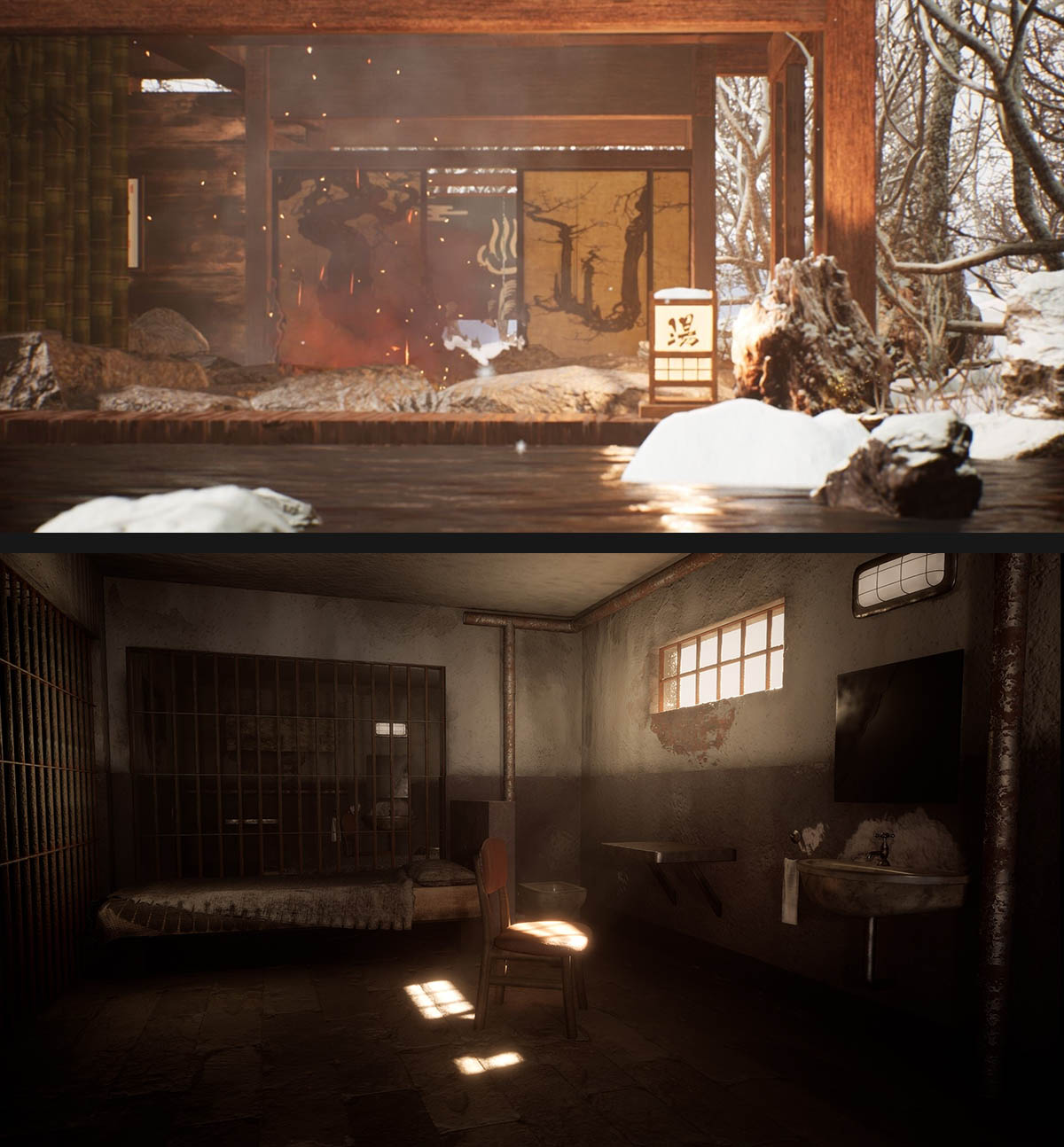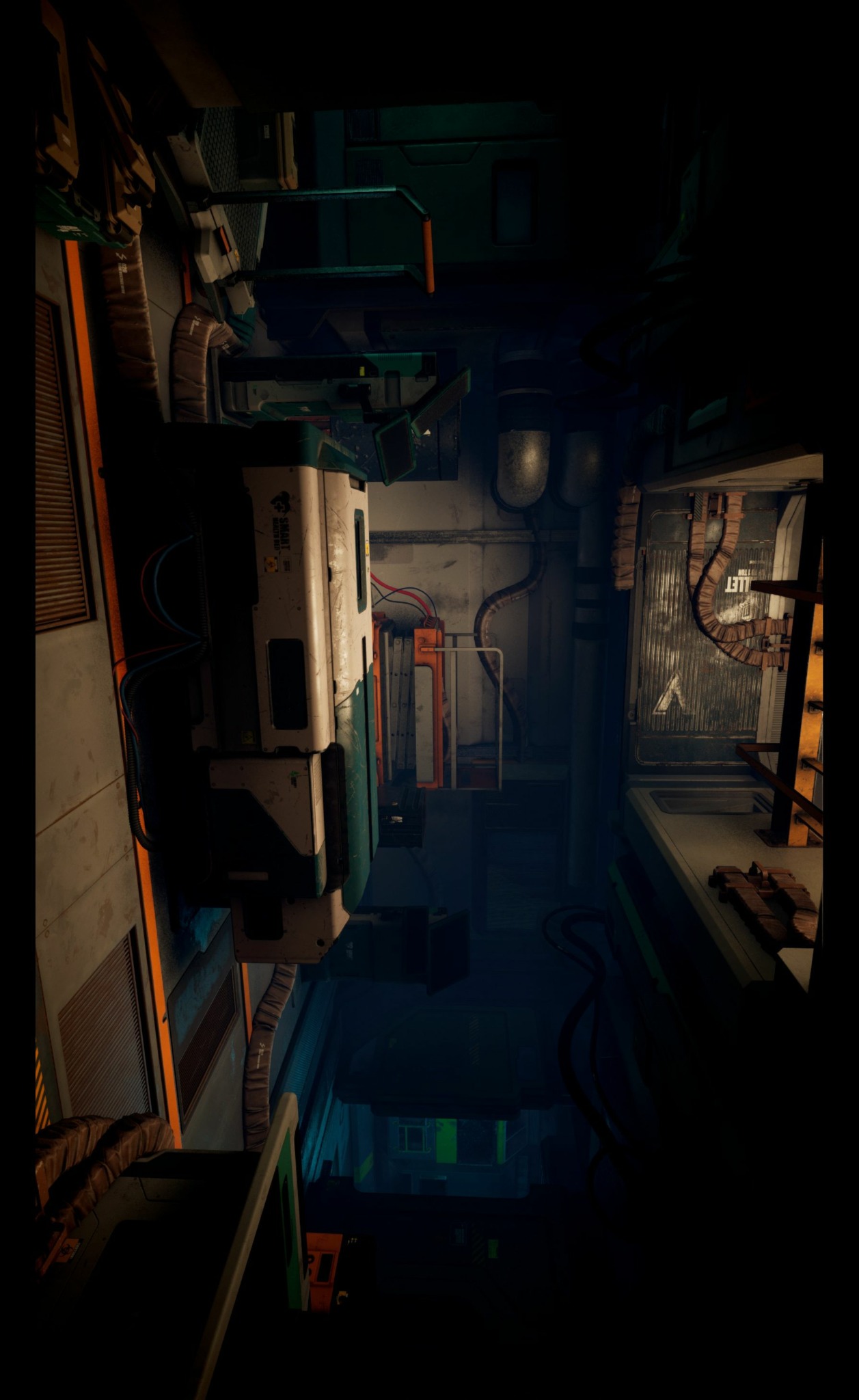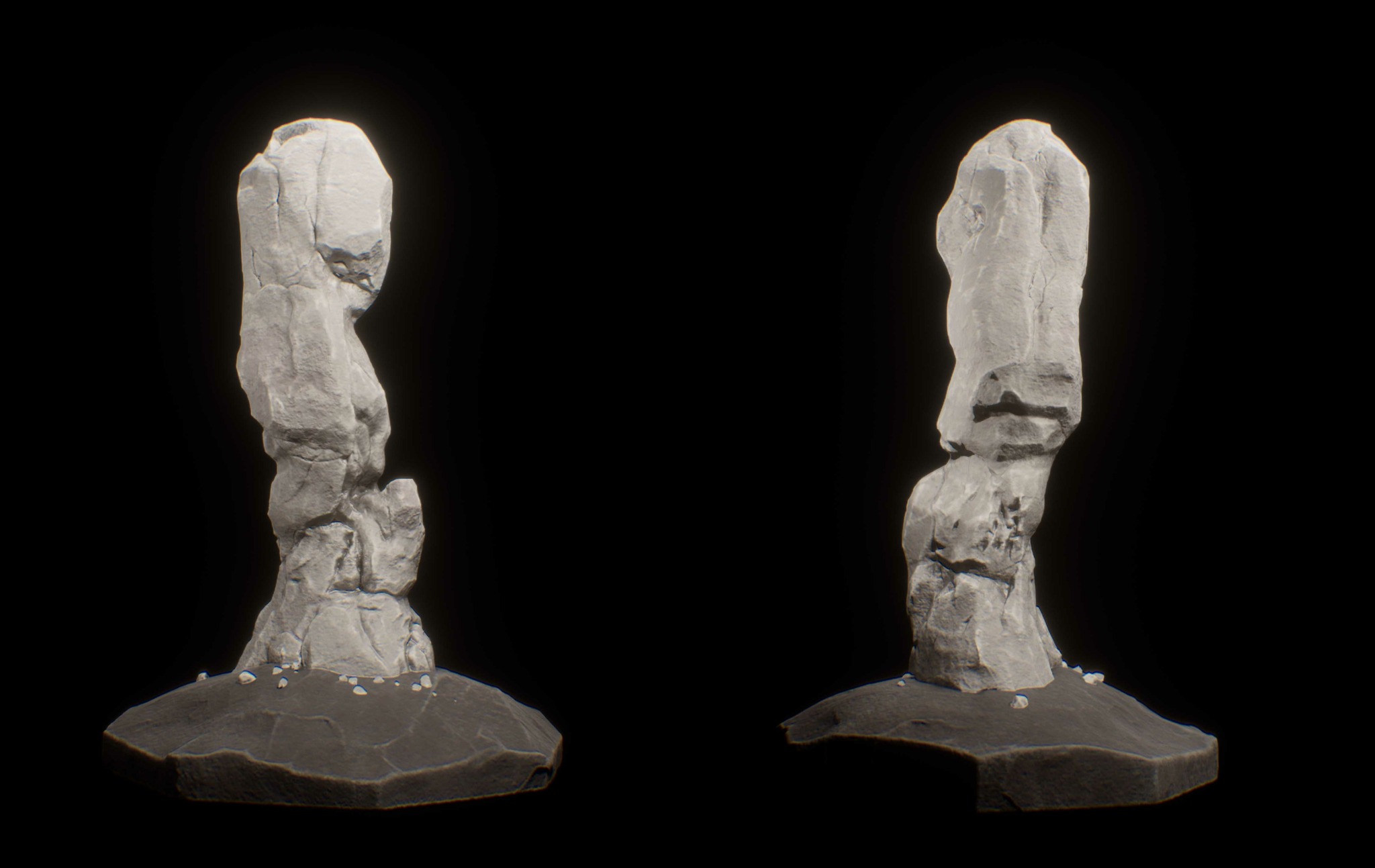We were lucky to catch up with FNU FEIFAN recently and have shared our conversation below.
FNU, thanks for taking the time to share your stories with us today Do you wish you had waited to pursue your creative career or do you wish you had started sooner?
If I could go back in time, I would definitely want to start my creative career earlier. As a kid, I never really enjoyed playing outside—instead, I loved spending time at the library. Besides reading children’s literature, the library also offered access to animations like Digimon and Pokémon, and manga like Crayon Shin-chan. I was deeply influenced by those worlds and started using drawing to capture my daily life or recreate the characters I loved.
Even back then, I wanted formal art training. I convinced my mom to let me join art classes, and for a while, I learned some basics in sketching. Unfortunately, my mom felt it was distracting me from schoolwork, so I had to quit. This happened two or three times, conflicts were very intense. It’s something I’ve always regretted—part of me wonders if I would’ve taken a completely different path or done even better creatively had I received more structured training earlier on.
However, as I’ve grown older, I’ve come to peace with it. Life is long, and it’s never too late to begin a creative journey. Technical skill is important, but passion and imagination matter even more. Everyone’s path is different, and even the detours or experiences that seem unrelated at the time can become an essential part of your work.

FNU, before we move on to more of these sorts of questions, can you take some time to bring our readers up to speed on you and what you do?
Hi, I’m FeiFan—a 3D environment artist, illustrator, and graphic designer. I’m currently working as a Level Artist at TiMi Studio Group on an AAA game under development. My main responsibility is to build immersive, visually compelling environments that feel great to explore. That means ensuring every angle looks polished and engaging, and working closely with other teammates to ensure the scene holds up beautifully under different scenarios.
One of the biggest challenges in level art is finding the sweet spot between gameplay and aesthetics. To tackle that, I work with modular assets—reusable elements like floors, walls, and props—to design environments that are both efficient and full of character. The trick is to use creativity to avoid repetition: tweaking layouts, adding small visual surprises, and playing with light and color to make sure the scene feels alive and dynamic.
Since we’re a relatively small team, I also wear a few other hats. I get very hands-on with modeling—especially for hero assets. I usually follow a full PBR pipeline: sculpting high-res models in ZBrush (which I love because it taps into my 2D art roots), then baking and texturing to keep things optimized without losing detail.
Lately, I’ve also been diving into procedural vegetation work using SpeedTree. It’s been a totally new challenge for me—I had to study how plants grow, how leaves are arranged, how branches twist and split. That process gave me a new appreciation for nature and helped me bring more life and believability into my environments.
On top of that, I’m heavily involved in the research side of things. I’ve learned over the years that even the most fantastical worlds need to be grounded in something real. If we’re building a magical realm, for example, we still start by asking: what real-world period or region is this inspired by? Then we collect references—from architecture to everyday objects to natural ecosystems—so our designs feel rich and interconnected.
What I think really sets me apart is my adaptability and love of learning. I transitioned from 2D to 3D through self-study, asking lots of questions, and staying curious. I genuinely enjoy picking up new tools and tackling fresh creative challenges. That said, I also believe that technical skill isn’t everything. A strong sense of responsibility, a positive mindset, and a willingness to collaborate go a long way—especially in a field like game development, where everything is built together, not in isolation.

Can you tell us about a time you’ve had to pivot?
I’ve had two distinct chapters in my creative career. I started out with a BFA in Illustration from School of Visual Arts and worked for a while as a 2D artist. During that time, I provided graphic design support for several small businesses and built a solid reputation in logo design.
The turning point came when I had the chance to contribute to an animated short film called Unsurpassed Team, directed by Ruxin Liang. I worked on storyboarding and concept art, and even created a few simple 3D assets. It was my first real exposure to the 3D pipeline—and I was completely hooked. It opened up a whole new dimension of creative thinking and problem-solving that I hadn’t encountered in 2D work.
That experience sparked something in me, and I decided to take the leap from 2D to 3D. I started teaching myself everything from scratch—new software, new workflows, a totally new mindset. Thankfully, I had a group of generous 3D artist friends who were always there when I needed help. Over time, this self-guided journey led me to pursue an MFA in Game Development at Savannah College of Art and Design, which officially start my path as a 3D artist.
During that transition, I got very hands-on with a wide range of tools used in the game industry—like Maya, ZBrush, Substance Painter, Substance Designer, Unreal, Unity, and Marmoset Toolbag. Out of all of them, I especially fell in love with ZBrush and Substance Painter. Both really played to my strengths as a former 2D artist—ZBrush gave me sculptural freedom that felt incredibly intuitive, and Substance Painter’s interface reminded me a lot of Photoshop, which made the transition feel natural and exciting.

Looking back, are there any resources you wish you knew about earlier in your creative journey?
Yes—if I had to name just one resource I wish I’d valued earlier, it would be REAL connections. Especially during the pandemic, when many industries were struggling, it was incredibly difficult to break into the creative field as a junior. Most studios weren’t actively hiring entry-level artists, and even internship positions were fiercely competitive.
As someone who’s naturally introverted, the job-hunting process was emotionally draining. It meant constantly talking to strangers, trying to “sell myself” in ways that felt unnatural. And I know many artists are the same—shy, quiet, and deeply thoughtful. A 30-minute interview often isn’t enough to show what you’re truly capable of.
That’s why I believe building meaningful professional relationships is essential—not the kind where you suddenly cold-message dozens of people on LinkedIn (though LinkedIn can be great for reaching HR). I’m talking about connections that come from actually working together. When someone has seen your work ethic, your attitude, and your problem-solving in action, that’s what builds real trust and long-term support.
So, if I could give one piece of advice, it would be: try your best to land a solid internship before graduating. If a full-time role isn’t available, look for part-time or freelance opportunities, even Game Jam. These experiences are not only stepping stones—they’re also how you form the kind of genuine, lasting relationships that can make all the difference.
Contact Info:
- Website: https://feifan.artstation.com/
- Linkedin: https://www.linkedin.com/in/feifan/



Image Credits
Ruxin Liang


